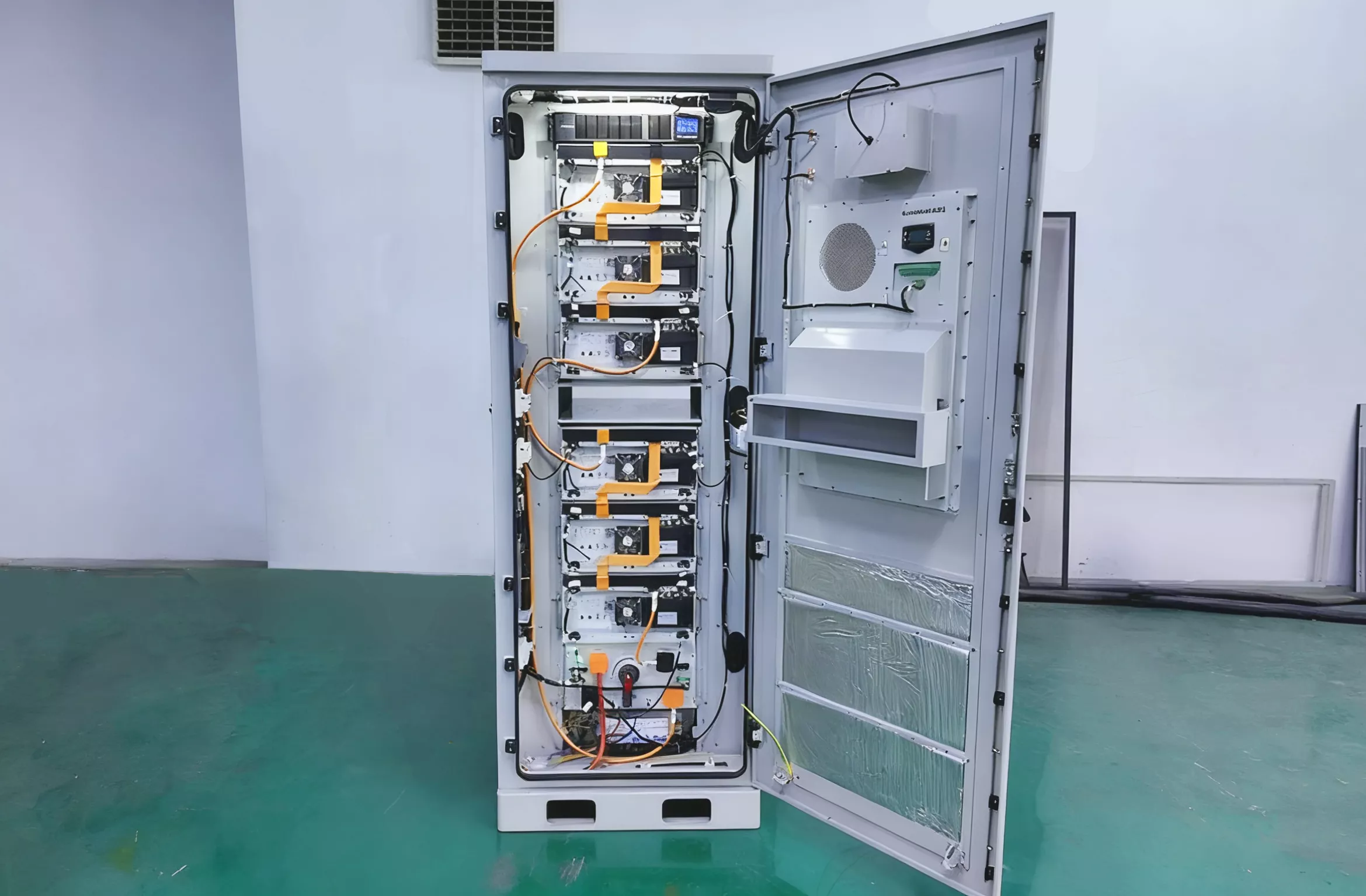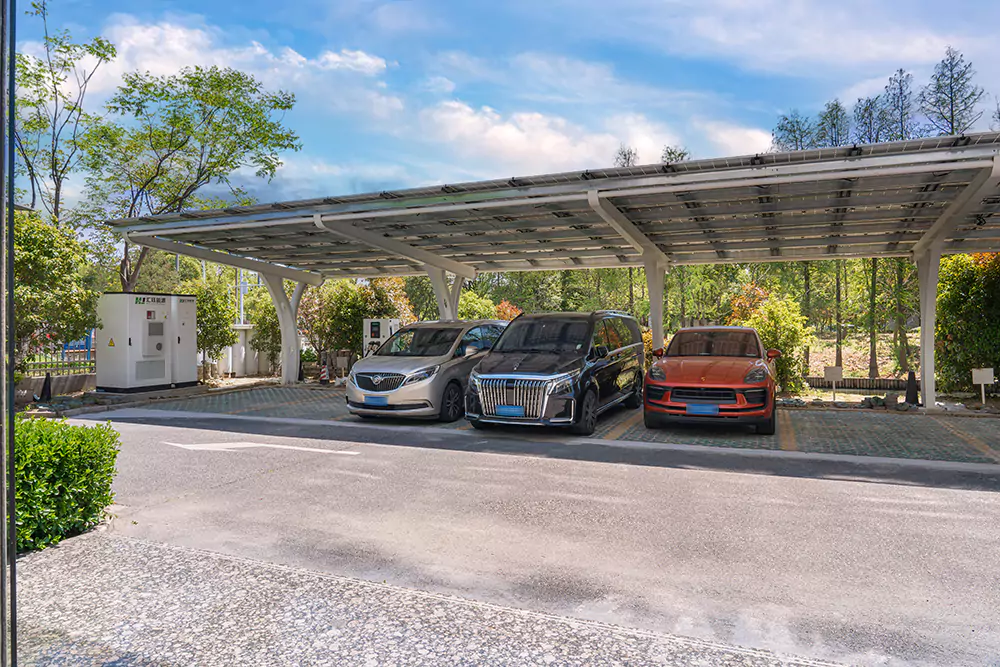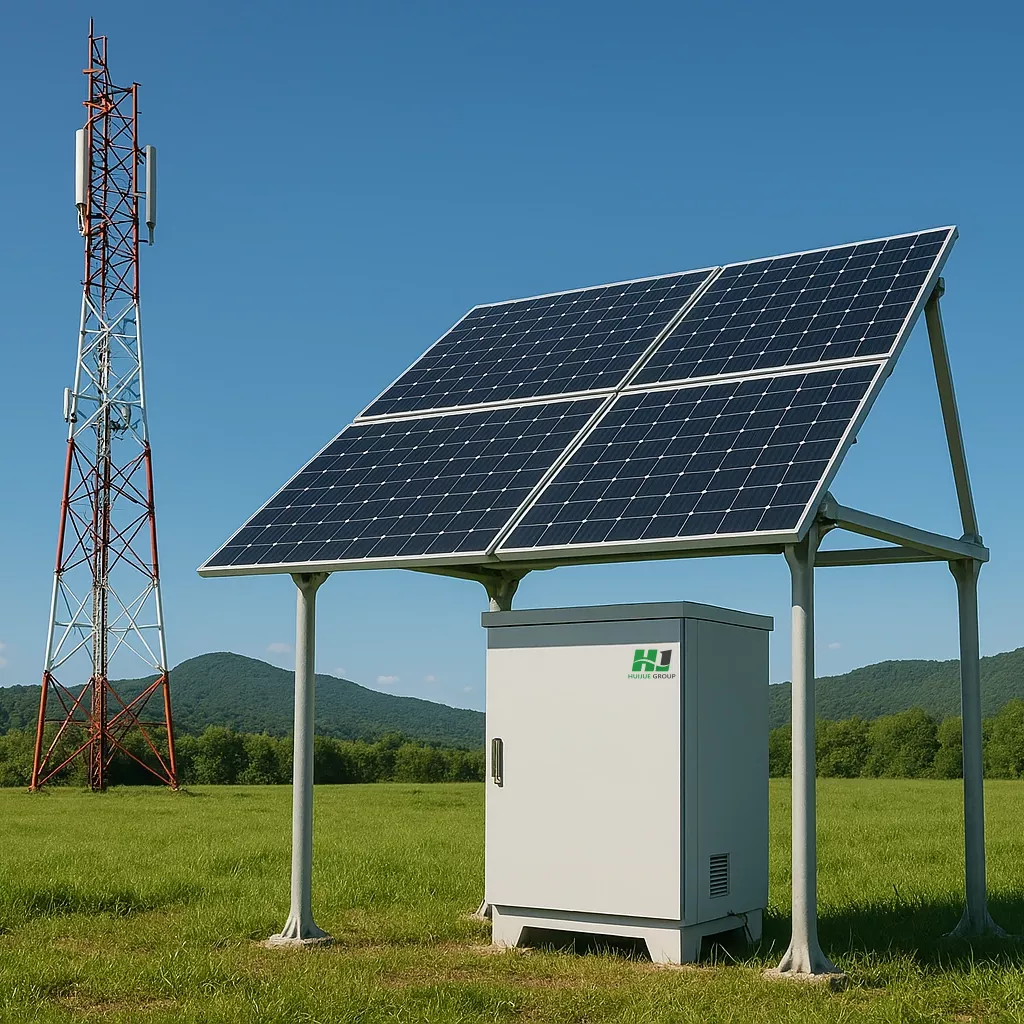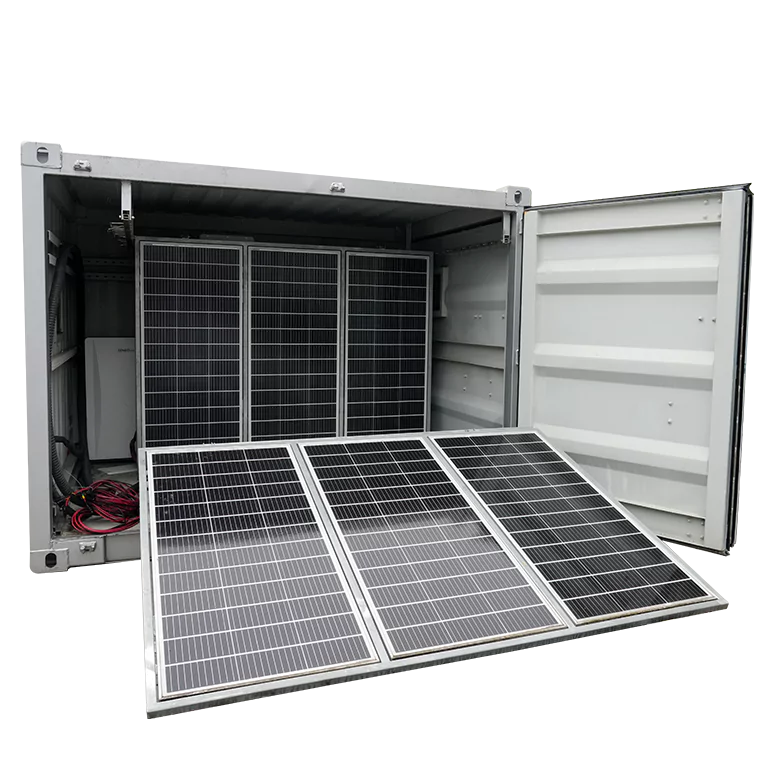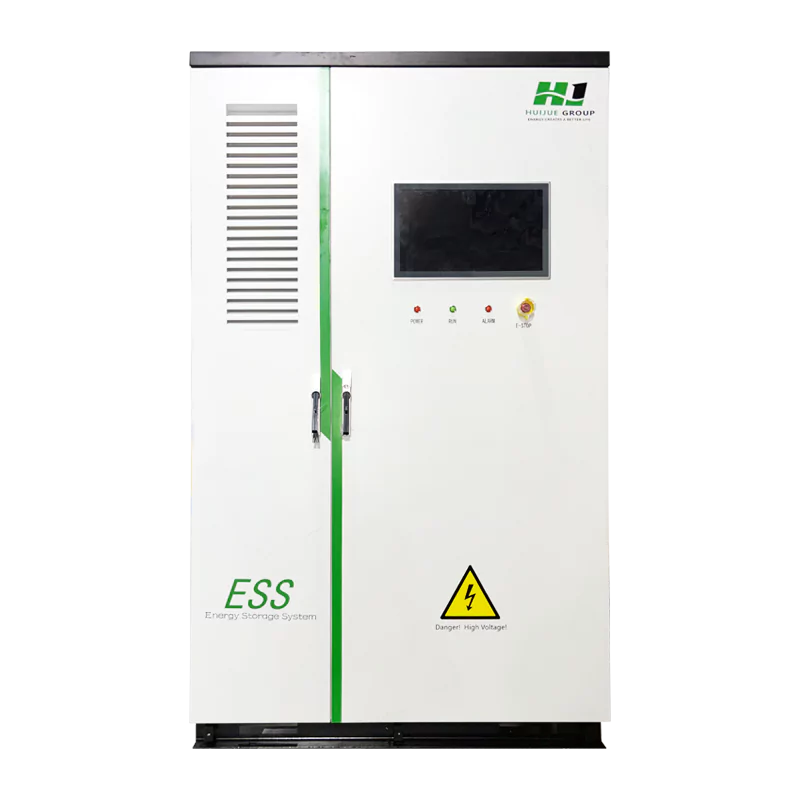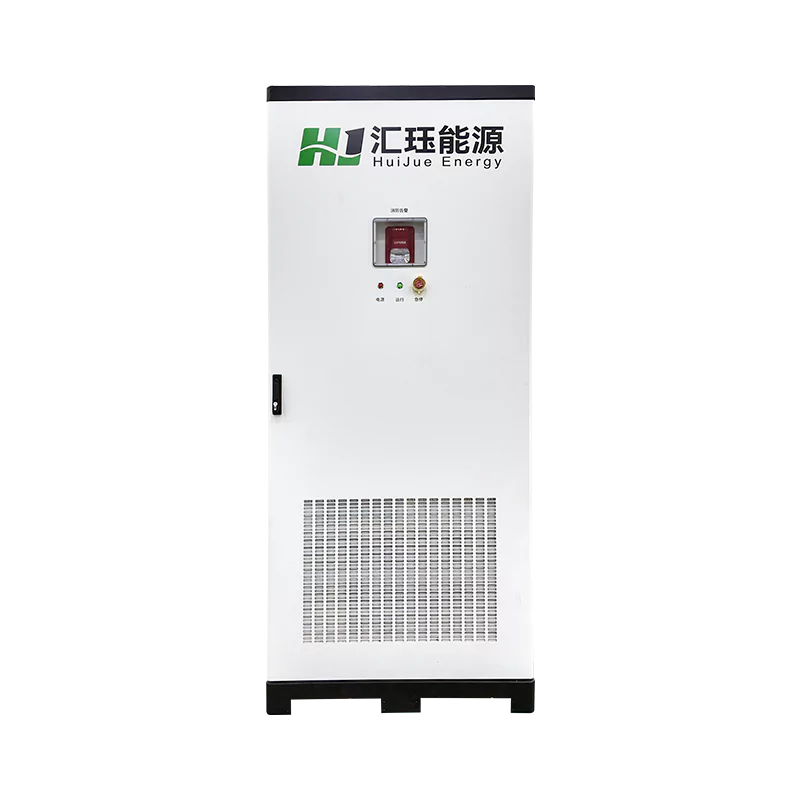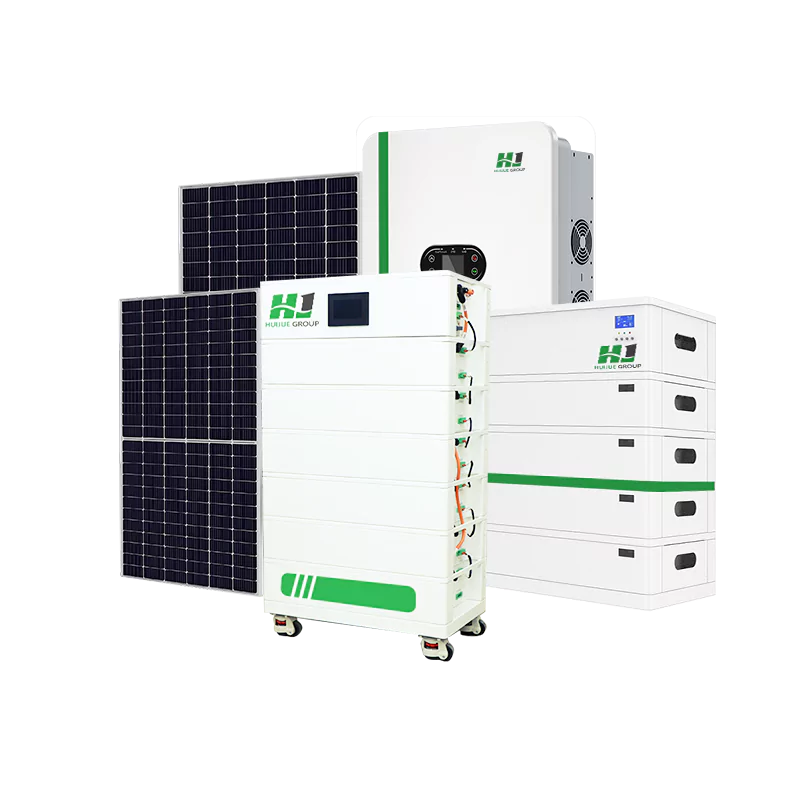Introduction to Photovoltaic Carport Systems Suited to Diverse Applications
Photovoltaic carport systems are increasingly entering the public eye, emerging as flagship projects in urban energy transitions. Beyond providing shelter from wind and rain, these structures generate electricity through photovoltaic panels, seamlessly integrating green energy with daily life. Notably, when combined with energy storage technology, the system’s stability and economic viability are significantly enhanced.
Requirements for photovoltaic carport systems vary considerably across different application scenarios: residential areas prioritise energy efficiency and aesthetics, commercial car parks seek to maximise returns, industrial sites emphasise stable power supply, while public facilities must balance social and environmental values. Below, we analyse these typical scenarios in detail.
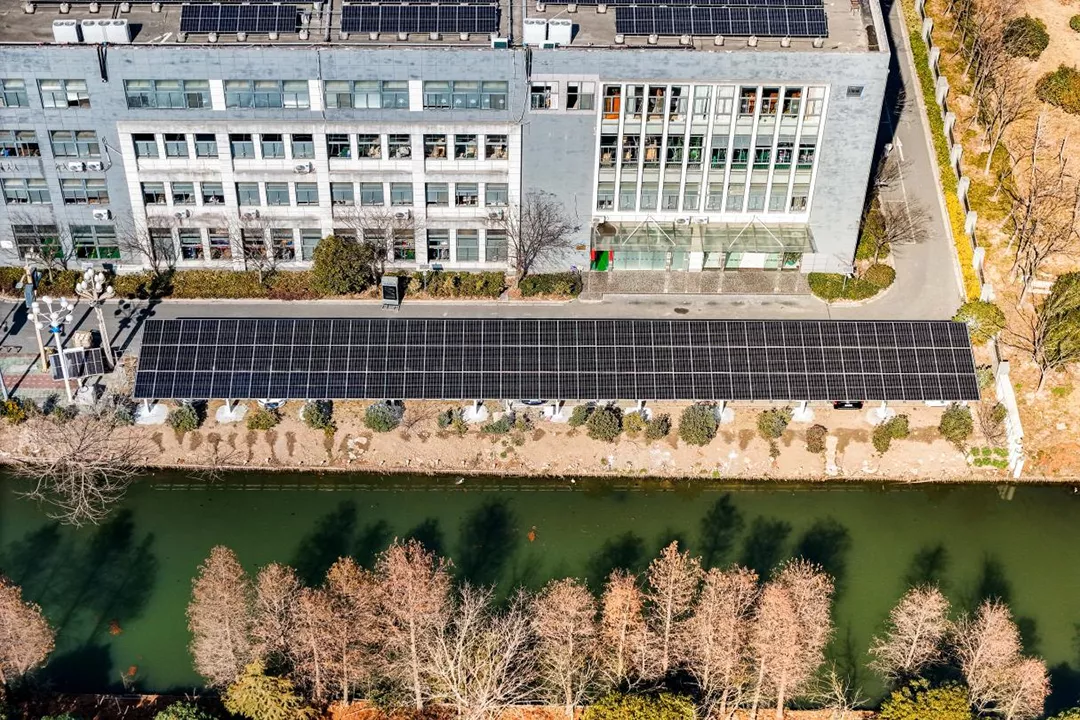
Residential Carports: Practicality and Aesthetics Combined
In residential communities, photovoltaic carports primarily serve to meet decentralised electricity demands.
- Small-scale distributed systems: Typically under 10 kilowatts in capacity, these suit fragmented spaces. Generated electricity powers electric vehicle charging and communal lighting, with surplus feed-in further reducing electricity bills.
- Aesthetic integrated systems: Employing transparent or semi-transparent photovoltaic modules, these ensure natural light penetration while imparting a modern technological aesthetic, meeting the visual standards of premium residential developments.
Commercial Car Parks: Limited Space, Profitability First
Commercial car parks experience high vehicle traffic, concentrated electricity usage, and substantial power demands.
- Medium-scale distributed systems: With installed capacities between 10–100 kilowatts, these systems cover lighting and charging point requirements while enabling surplus electricity sales for additional revenue.
- Smart tracking systems: Sensors adjust panel angles to boost generation efficiency by 20–30%, maximising returns within constrained spaces.
Industrial Sites: Large-Scale Deployment with High Stability
Industrial parks exhibit substantial energy consumption and demand exceptional grid stability.
- Large-Scale Distributed Systems: Typically exceeding 100 kilowatts and reaching megawatt-scale, these systems significantly reduce corporate electricity costs while supporting energy conservation and emissions reduction.
- Systems Integrated with Energy Storage: Energy storage devices regulate fluctuations in PV generation, ensuring continuous and stable production operations. Photovoltaics generate power during daylight hours, while stored energy is released during night-time or peak periods, effectively mitigating risks from grid fluctuations.
Public Facilities: Exemplary and Socially Valuable
Photovoltaic carports at public facilities not only conserve energy and reduce consumption but also serve as social models.
- Bus Stop Canopy Systems: Extensive photovoltaic panel installations provide centralised charging for buses, enhancing vehicle turnover efficiency when paired with rapid charging technology.
- School and Hospital Canopy Systems: Intelligent PV systems meet critical needs like lighting and medical equipment. Integrated with energy storage, they function as emergency power during outages, ensuring core areas remain operational.
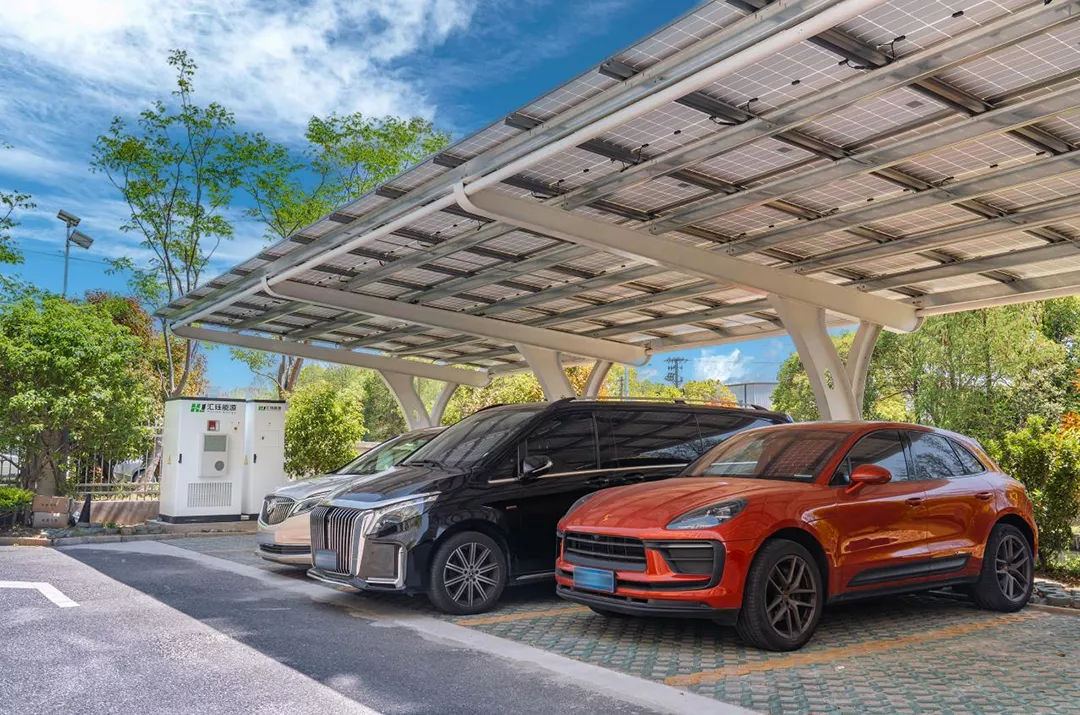
Huijue Technology Group’s PV+Storage Smart Canopies
Highjoule(HJ Group)’s integrated PV-storage smart canopies utilise high-efficiency PERC monocrystalline silicon panels paired with advanced energy storage systems, achieving seamless PV-storage synergy.
During daylight hours with ample sunlight, photovoltaic generation not only meets the carport’s own electricity needs but also stores surplus energy in batteries. At night or during peak consumption periods, the energy storage system releases electricity, providing enterprises with stable power supply assurance. Its core advantages are reflected in:
- Peak Shaving and Valley Filling: Through energy storage regulation, it reduces the burden of peak electricity prices, significantly enhancing overall electricity cost efficiency.
- Intelligent Energy Management: Leveraging EMS (Energy Management System) enables efficient coordination between PV and storage, enhancing overall system operational efficiency.
- Self-Generation for Self-Consumption, Surplus Grid-Connected: Not only does it fulfil self-consumption requirements, but surplus electricity can also be fed into the national grid, generating additional revenue.
The implementation of this smart carport not only helps enterprises reduce energy costs but also provides a demonstrative model for the development of green factories and smart campuses.
While requirements for carport PV systems vary across different scenarios, the trend is unequivocal: the integration of photovoltaics and energy storage is emerging as the core direction for future green energy systems.
From residential estates to commercial car parks, industrial sites to public facilities, photovoltaic carport systems not only fulfil clean energy supply needs but, when combined with energy storage, demonstrate enhanced reliability and economic benefits. We welcome enquiries for further information.


 +86 18721624519
+86 18721624519



